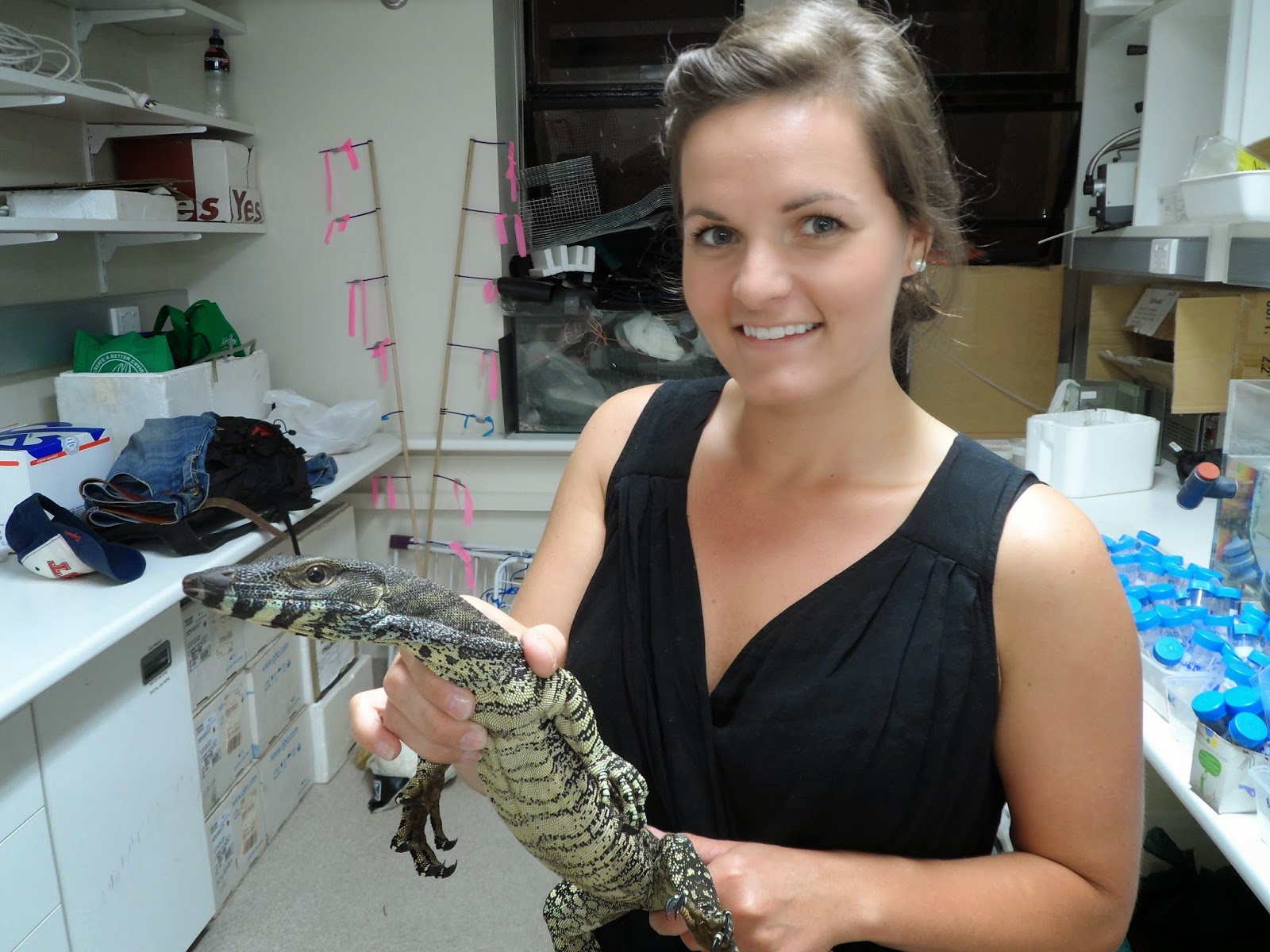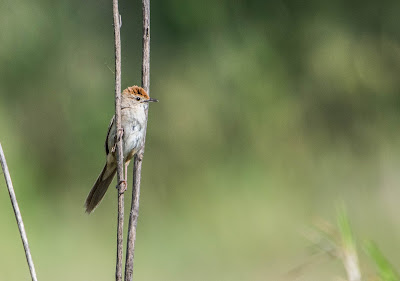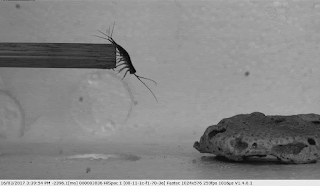Notes on running large lizards over forceplates
 |
| Taylor Dick, SFU (probably didn't expect to be holding a lizard that big anytime during her stay). |
Anyone who has had the misfortune of stumbling upon this
blog, and particularly those who have suffered through many of its posts might
have noticed that one of the main themes is determining how muscle and bone
strains change with body size and habitat among Australia’s giant lizards the
Varanids (aka monitor lizards aka goannas aka large uncooperative lizards).
Recently I had convinced Muscle expert Taylor Dick from SFU to come to
Australia to study these questions with the eventual goal of building a musculoskeletal model of these lizards in the open-source biomechanics software OpenSim.
She had already endured one trip out to the Australian desert in order to catch
these beasts, but more was yet to come.
 |
| Example output of the force plate from a dragon lizard, A. gilberti |
 |
| Force plate design, shown here without a plate on the top. Photo probably taken during one of its many repair attempts |
 |
| One of our uncooperative subjects |
 |
| trying to lead via example. |
We attempted everything under the sun to encourage lizards
stepping onto the forceplate, including doubling the size of the plate, halving the width of the racetrack, and painting it wholly
black, such that it matched the surrounding carpet, and could not be mistaken
for the presumably treacherous hazard it appeared, to be avoided at all costs.
Yet none of these appeared to increase our success rate, which was as low as 1
in 30 runs. As can be seen in the video below
However, perseverance paid off, and by the end of the week we had collected over 60 successful trials, from these giant, largely uncooperative beasts. Below is a video of the rare and elusive, "successful trial"
However, perseverance paid off, and by the end of the week we had collected over 60 successful trials, from these giant, largely uncooperative beasts. Below is a video of the rare and elusive, "successful trial"




Comments
Post a Comment